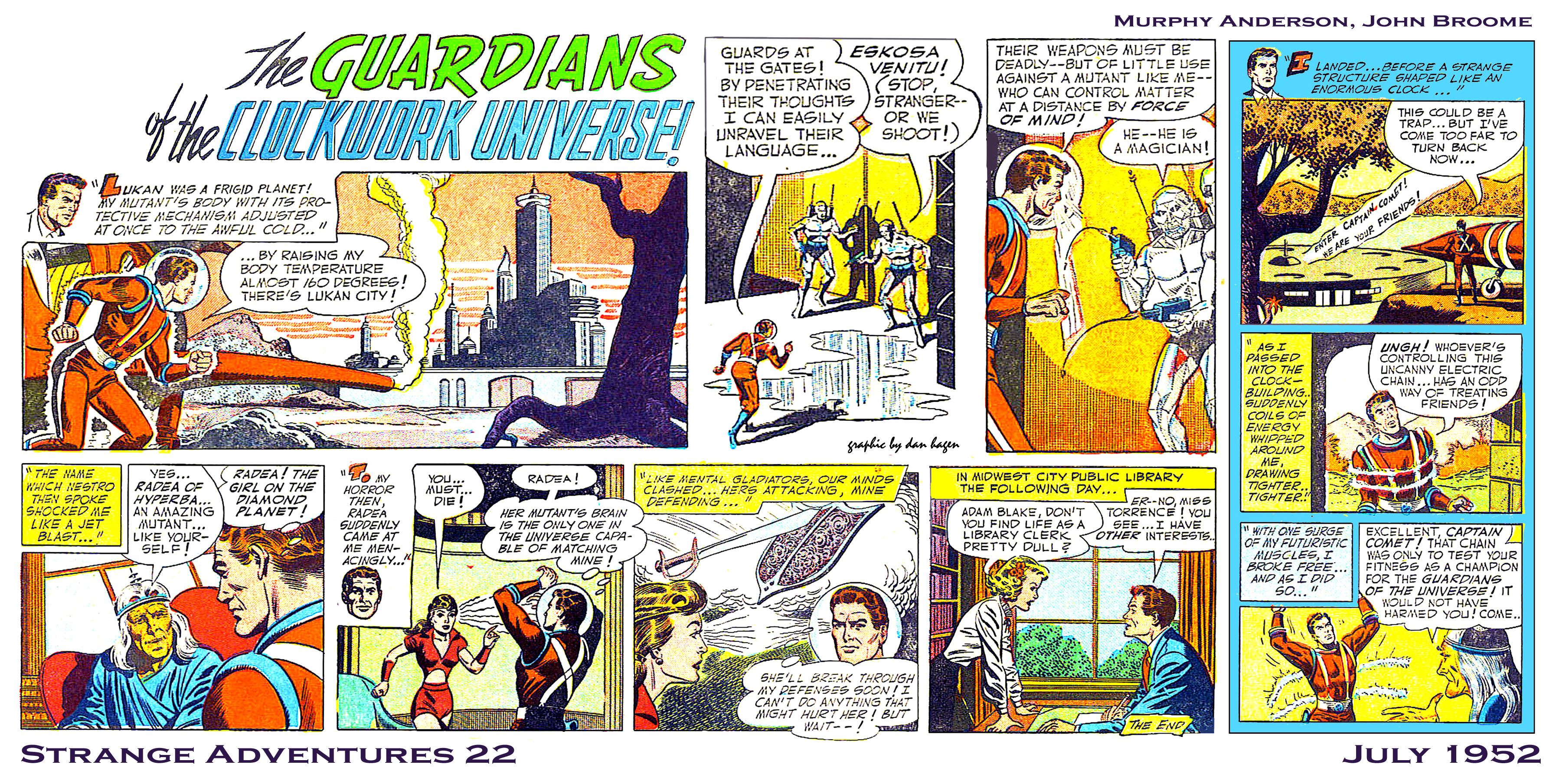January 1953: The Cosmic Convicts

Invisibility and flight are considered to be the top two fantasy super powers, and I’ve long been intrigued by any story that featured either. For example, the 1935 Doc Savage adventure The Spook Legion, featuring an invisible criminal gang, was the first that prompted me to part with the two quarters necessary to buy one of the Man of Bronze’s Bantam paperback reprints. The dramatic hook: how could a protagonist possibly overcome invisible enemies? In 1953, the Man of Destiny faced the same predicament. When a hydrogen bomb is stolen from a Pacific atoll during a test countdown, accredited observer Captain Comet traces the crime to invisible thieves from the planet Lamia in Devil’s Island in Space ( Strange Adventures 28, Jan. 1953). Devil’s Island, a penal colony in French Guiana, was notorious for its harsh treatment of prisoners. The island penitentiary operated from 1852 until the very year this issue of Strange Adventures was published. Turns out that the Septarch...









